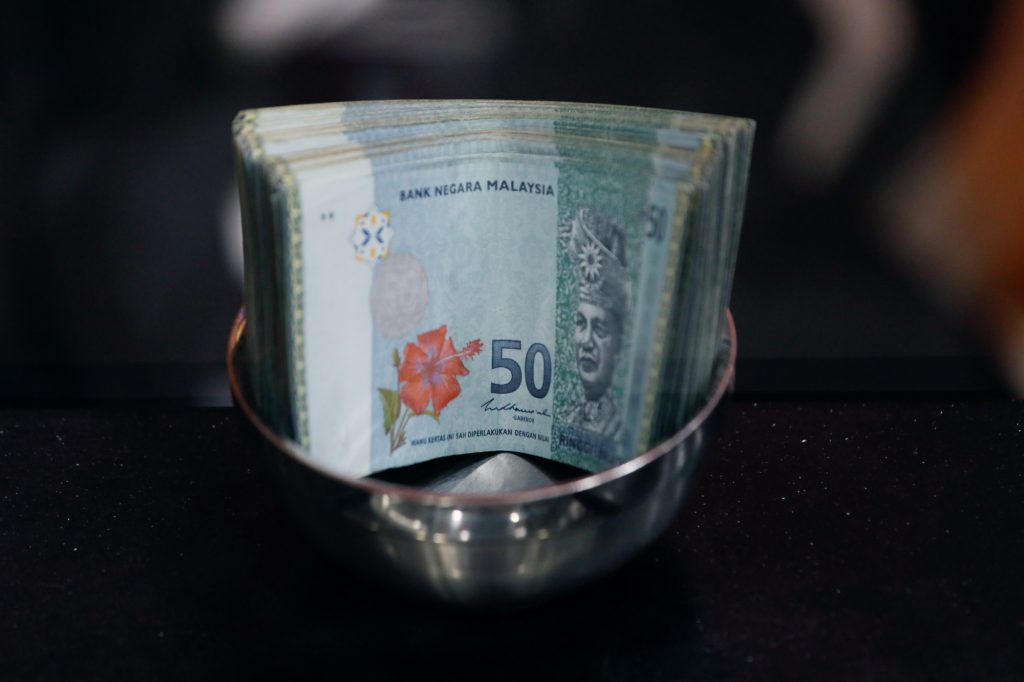The Malaysian ringgit has climbed to its highest level in 13 months, marking another strong showing in the Asian currency market and putting it on track to outperform regional peers for the second consecutive year.
On Friday, the ringgit rose as much as 0.3% to 4.1720 against the US dollar — its strongest level since October 2024. This steady rise comes on the back of renewed confidence in Malaysia’s growth outlook and waning expectations of a rate cut by Bank Negara Malaysia (BNM). The currency has appreciated over 7% this year, making it one of Asia’s top performers.
“Ringgit now remains on course to top Asia for the second year running,” said Stephen Chiu, Chief Asia Foreign-Exchange and Rates Strategist at Bloomberg Intelligence in Hong Kong. He attributed the strength of the ringgit to Malaysia’s fiscal discipline and political stability, two critical factors that have bolstered investor confidence.
The ringgit’s strength is not limited to its performance against the US dollar — it has also surged to its highest level since September 2022 versus the Singapore dollar and reached a new record high against the Indonesian rupiah.
Malaysia’s broader economic recovery continues to gain momentum. External demand is improving, and the nation posted its fastest quarterly growth in a year. Adding to the optimism, Malaysia’s key trading partners — China and the United States — recently extended their tariff truce, reducing global trade tensions.
“Unlike Asia’s high-yielders that face political risks or currencies that tend to swing with dollar strength, the ringgit remains in a sweet spot — resilient, stable, and supported by sound fundamentals,” Chiu added.
Bank Negara Malaysia reported that daily trading volumes in the onshore market have surged to about $20 billion this year, a 40% increase compared to the average from 2020 to 2024 — a sign of growing liquidity and confidence in the local currency market.
The Singapore dollar-ringgit relationship continues to draw attention, given the tight trade connections and one of the world’s busiest land borders between both economies. While Singapore’s dollar has weakened after two rounds of policy easing by the Monetary Authority of Singapore earlier this year, Malaysia’s fiscal and monetary prudence has kept the ringgit stable.
Meanwhile, the Indonesian rupiah has been under pressure due to fiscal deficit concerns and foreign bond outflows. In contrast, Malaysia saw $1 billion of foreign bond inflows in October — a sharp turnaround from a $1.7 billion outflow the previous month.
Bank Negara Malaysia maintained its key interest rate last Thursday, with ringgit swaps indicating expectations that rates will stay steady over the next year.
At its core, the ringgit’s rise isn’t just about numbers — it’s a reflection of Malaysia’s growing economic resilience, fiscal responsibility, and a collective belief in its future. In an unpredictable global market, the ringgit’s story stands as proof that stability and discipline can still inspire confidence.




